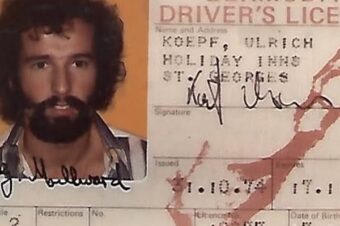To understand Haiti’s problems
one must look way back to when France owned it back in the 1800s. To resolve their political disaster, the people’s misery, and the destruction of the country’s resources, my opinion is that either France or the United States should intervene to resolve, resurrect, and establish an infrastructure, promote and initiate investing from abroad to establish manufacturing and jobs. It is unacceptable that a country like Haiti exists at the doorsteps of the richest and most powerful country, the USA, in the 21st century!

Saint-Domingue colony
Saint-Domingue, now Haiti, was the richest and most productive European colony in the world going into the 1800s.[7][4] France acquired much of its wealth by using slaves, with the slave population of Saint-Domingue accounting for one-third of the entire Atlantic slave trade.[8][better source needed] Between the years of 1697 and 1804, French colonists brought 800,000 West African slaves to what was then known as Saint-Domingue to work on the vast plantations.[8][better source needed] The Saint-Domingue population reached 520,000 in 1790, and of those 425,000 were slaves.[8][better source needed] The mortality rate among slaves was high, with the French often working slaves to death and transporting more to the colony instead of providing necessities as it was cheaper.[4] At the time, goods from Haiti comprised thirty percent of French trade while its sugar represented forty percent of the Atlantic market.[4] About sixty percent of the coffee consumed in European markets was also produced in the colony.
The Haiti indemnity controversy involves an 1825 agreement between Haiti and France that included France demanding a 150 million franc indemnity to be paid by Haiti in claims over property – including Haitian slaves – that was lost through the Haitian Revolution in return for diplomatic recognition.[1] The payment was later reduced to 90 million francs in 1838, comparable to US$21 billion as of 2004)[2]
France’s demand for payments in exchange for recognizing Haiti’s independence
was delivered to the country by several French warships in 1825, twenty-one years after Haiti’s declaration of independence in 1804.[1][3] Though France received its last indemnity payment in 1893,[4] the government of the United States funded the acquisition of Haiti’s treasury in 1911 in order to receive interest payments related to the indemnity.[5] It took until 1947 – about 122 years – for Haiti to finally pay off all the associated interest to the National City Bank of New York (now Citibank).[6][5]
You may read the entire history by clicking on the button below



















